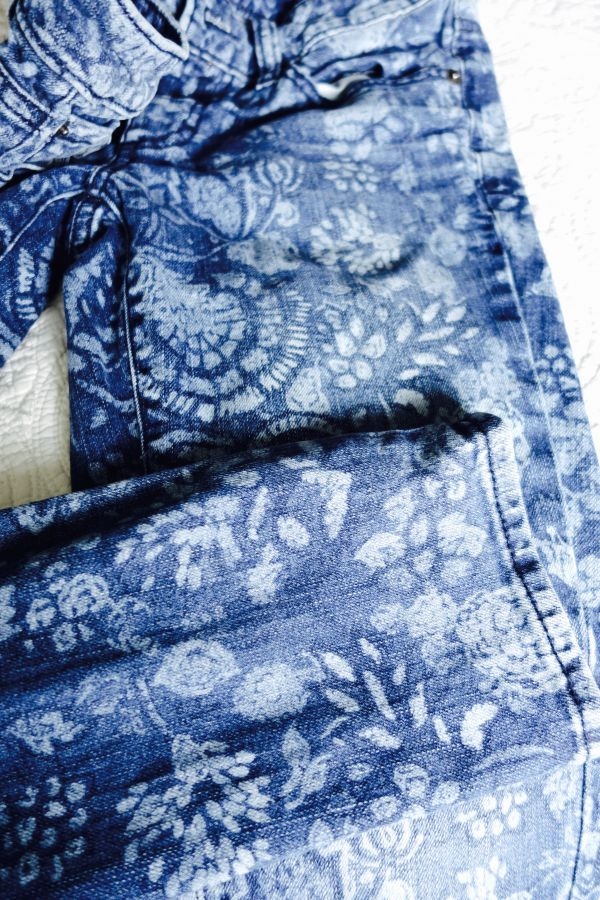
“Let’s get minimal,
minimal
I wanna get minimal
Let’s get into minimal
A decade before “minimal” and “capsule” were words we all knew, black, charcoal, white and navy were my uniform colors—complete with little stacks of clothes in a bare closet. I got bored.
Certainly I’m glad this capsuling idea has so many people’s closets getting cleared out, but I’m even more glad that I realized bold colors had a place in it. Best of all, my stacks have gotten slightly taller to get me through an entire season without every piece of clothing being worn out (and mamahood spilled all over every tee, yoga pant + overworn legging) before the weather would finally change. I also found a balance between being comfortable and looking nice that I could pull off most days.
I started a minimal wardrobe to not:
- spend a lot of time thinking about what to wear
- spend a lot of time shopping
- spend a lot of money on things I wouldn’t wear a ton
This my Simplista’s Guide to a Minimal Spring Wardrobe.
Fifteen years has taught me to relax and keep it simple—and, yes, colorful sometimes. This isn’t the holy truth. It’s just one girl’s story meant to inspire and ignite a passion for simpler dressing.
This spring I spent no money. I just shopped my closet. Recommended.
Bonus points for creativity.
Pick your best-fitting pieces and build on them. If you can’t do all of your shopping in your closet—because you just can’t get excited about what’s there—try again. If you’re still uninspired, look for the just-right addition to your minimal wardrobe while keeping in mind:
- Choose neutrals that you can mix and match easily.
- Look for a texture or pattern that will add depth and detail to any outfit.
- Add a pop of color that matches your personality and skin tone, of course.
Remember, shop with a clear idea of what will add value to your wardrobe. Here are my go-to shopping places. Number one being my favorite. Number five being only if I have to. You figured me out if you knew that number one is least expensive and number five is most expensive:
- Yard sales (10% of my pieces come from here)
- Thrift stores (10%)
- Consignment stores (60%)
- Target (for basics: camis, pj leggings + tanks) (10%)
- Garnet Hill, eBay (eBay for high-end shoes, be specific in your search—e.g.: “Born Crown black boots 7.5”) (10%)
I love making something out of what looks like nothing special. I’m proud of $5 outfits and usually get more compliments on them than I do on $75 outfits.
Looking put together and looking thrown together have almost nothing to do with the price tag.
I usually need anywhere from ten to fifteen new pieces (this includes socks, undies—everything) twice a year during the major season changes (fall + summer for me). Everything else in my wardrobe is from the previous season or year. Each piece I buy averages about $10. The perfect pair of boots or a good warm coat is worth $100. But for the number of wears I’ll get out of a shirt, for example, (and for the number of nice, less expensive shirts out there), a top probably isn’t.
By moving to a minimal wardrobe, I’ve saved 147 hours every year not shopping, and I’ve saved $1450 every year not buying things I won’t wear the life out of. Plus I can get dressed in my sleep (sometimes necessary).
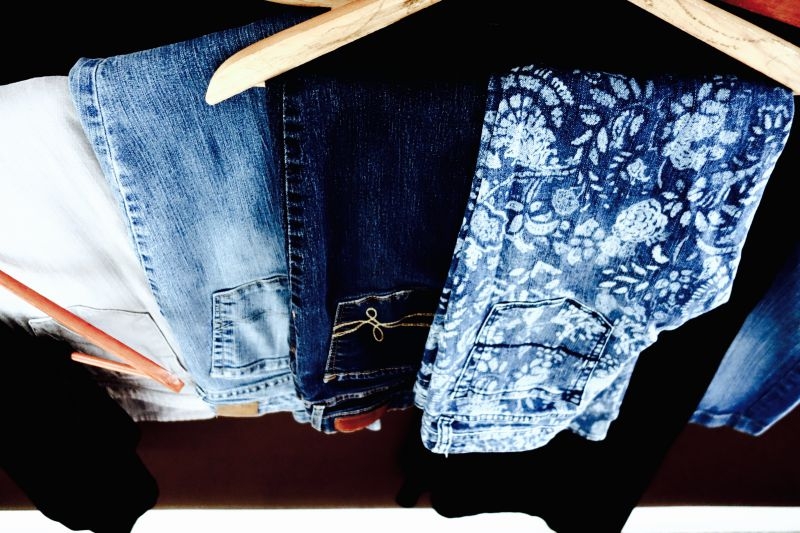
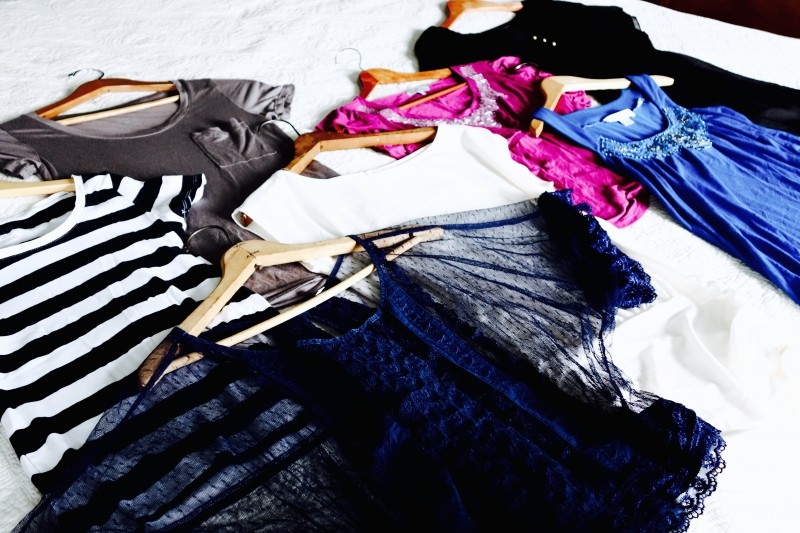
A blend of winter favorites and a few summer pieces, usually from last year—adding color and brightening up the style—typically works well. The extra winter hanging pieces (that are still in decent shape) get moved to a different place in my closet, and the folded pieces I won’t need again until next year go into a basket on an upper shelf. Otherwise, if they’re worn out or weren’t worn enough, they go away.
“Let me hear your closet talk, your closet talk Let me hear your closet talk
First, simplify:
- Take out everything that doesn’t fit well, and donate or sell it.
- Take out everything that has tags on it (past a month), and return it, gift it or sell it.
- Take out everything that you haven’t worn in twelve months, and give it away or sell it.
Second, try on every remaining piece. Make sure it follows the only three rules:
- Good, comfortable fit
- Good, lasting quality
- Good, skin-tone-matching color
Third, pare down the items left. Seven is my perfect number (and four seems just right when seven is too many, like scarves and belts).
This is how mine looks:
- 7 tops
- 7 camis
- 7 jackets, cardis + sweatshirts
- 7 bottoms (5 pants, 2 skirts)
- 7 socks (pairs, of course; including wool lace tights for skirts)
- 7 shoes (ditto on pairs)
- 7 pj’s + coat
- 4 scarves
- 4 belts
- 4 earrings (pairs are good)
- 7ish hair accessories
- 7+4 unders (running out would be bad)
49 total pieces plus access’s + unders
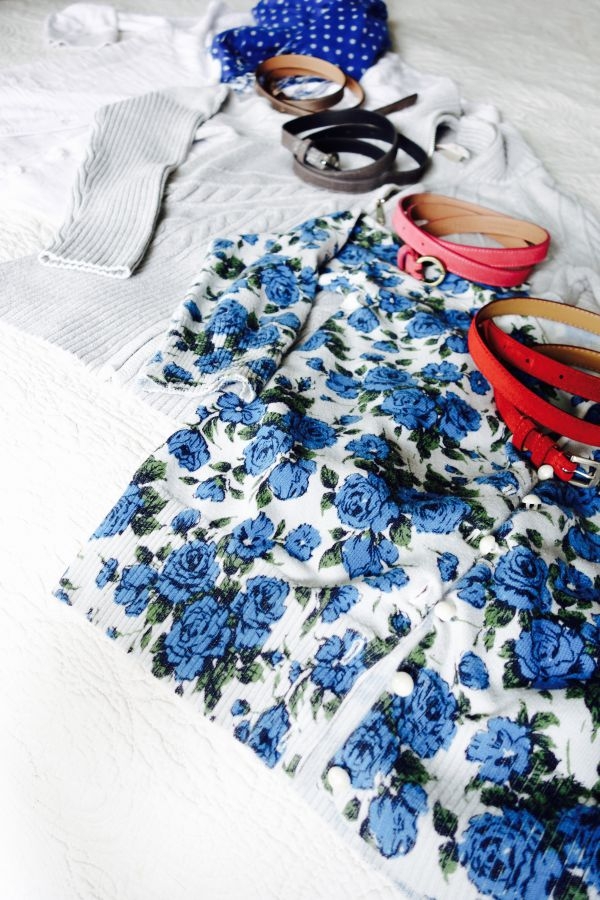
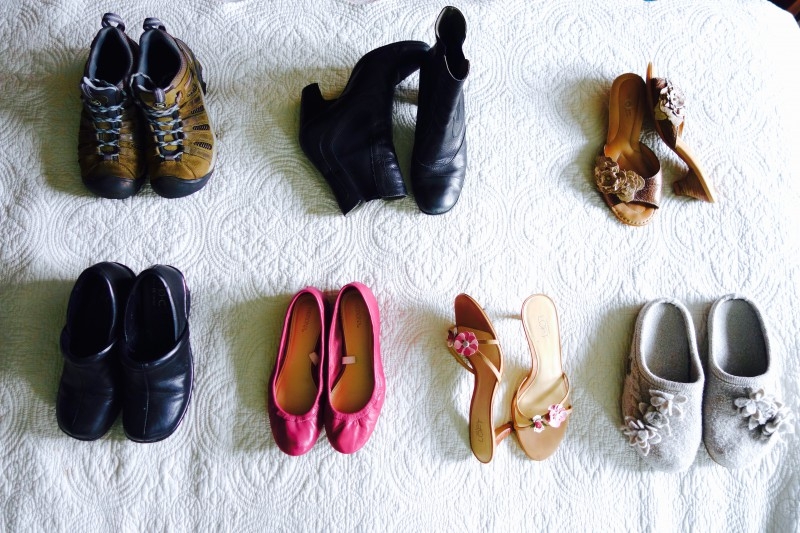
Seven is heavenly for me. It gets me through a week and gives me plenty of mix-and-match options for an entire season. Adjust by one or two pieces each week until you land on your perfect number, or just go intuitive. There are no rules here, really—just the right fit, the right quality and the just-right color. Write down what you still need. Keep your love note in your purse to refer to when you’re out and about or while you’re internet shopping.
And that’s it. Simple. I:
- have 49 pieces of clothing, including shoes, for spring (plus 30 access’s + unders)
- spend 43 hours per year shopping—a 78% time savings (190 hour is the average for ladies)
- spend $250 per year on clothes and accessories—an 85% savings ($1700 is the average)
“Minimal, minimal I wanna get minimal
Minimal, minimal, minimal
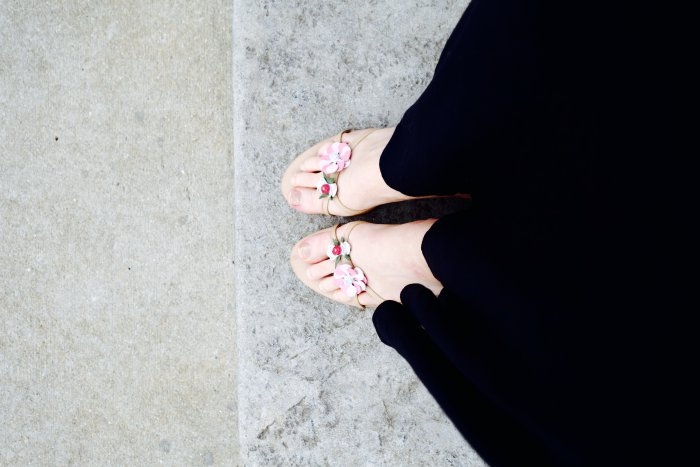
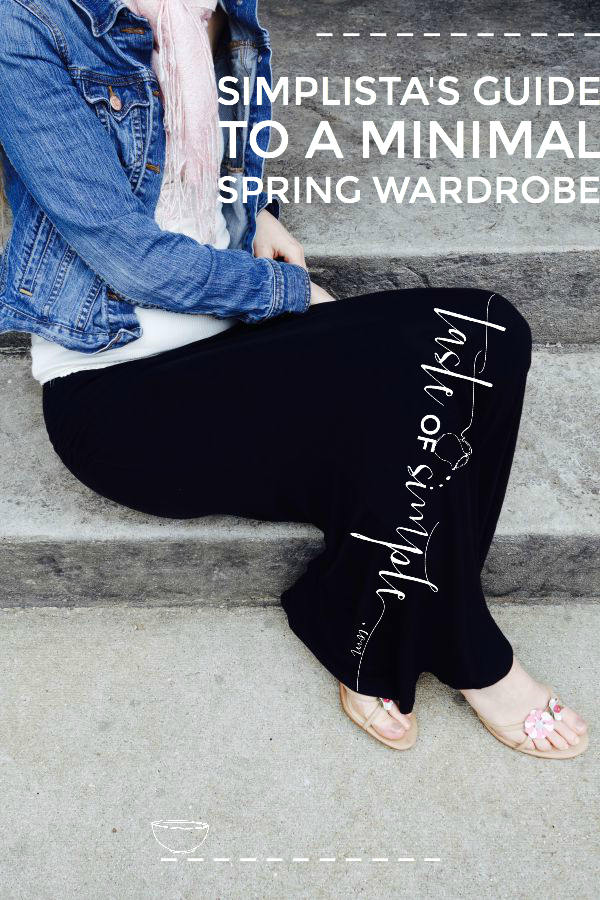
you said: